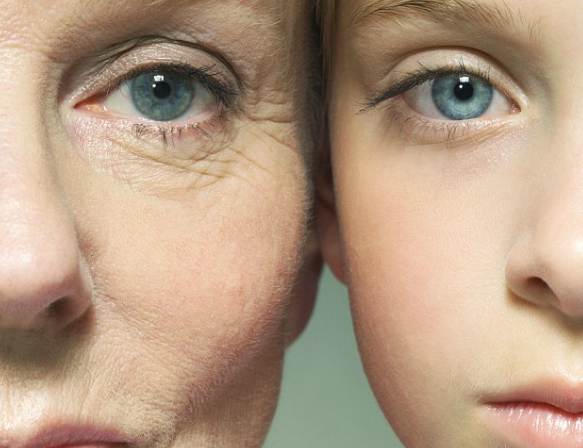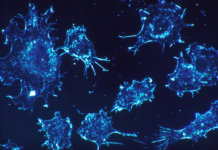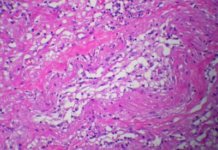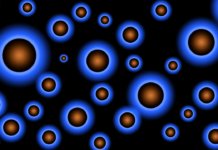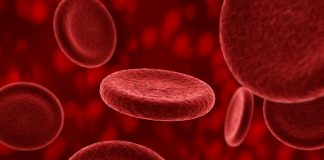Methylene blue, a powerful antioxidant against skin aging
Researchers from the University of Maryland in the US, showed that methylene blue helped to fight against skin aging thanks to its antioxidant properties.
Every laboratory intern has heard of methylene blue.
Famous for its powerful tinting strength, it is widely used in laboratories as a histological marker and as a colored indicator of redox reactions. You can find it on the list of essential drugs*, thanks to its many pharmacological properties. Methylene blue used to be highly valued for its antiseptic and antimalarial properties, and was used as an antidote against some poisons. Nowadays, it is especially useful for treating circulatory diseases (methemoglobinemia, septic shock, vasoplegia…), but a study carried out by an American team of researchers highlighted another property entirely.
Thanks to its ability to efficiently trap free radicals, methylene blue is a powerful antioxidant and could be, by extension, an excellent anti-aging molecule.
Oxidative stress is one of the major aging processes
We can’t stress enough that tobacco, UV rays, and stress, cause premature aging by inducing a high production of reactive oxygen species (ROS). The build-up of these small molecules, that the organism struggles to remove with aging, causes a large amount of damage that leads to an increase in oxidative stress, which strongly accelerates aging, even though it’s not known whether it is a cause or a consequence of it.
Nowadays in skin care, antioxidants like methylene blue are the best way to fight skin aging
The “anti-aging” properties of the methylene blue have been proven by a team of American biologists [1]. For 4 weeks, they compared the effects of methylene blue with those of three other antioxidants (N-Acetyl-L-cysteine, MitoQ and MitoTEMP) on tissue cultures created from cell samples from healthy donors and individuals suffering from progeria, a premature age-related genetic disease [1].
Methylene blue seems to be efficient to stimulate fibroblastic proliferation and delay cellular senescence.
Fibroblasts were used to create the skin cultures. Naturally present in the dermis, they synthetize all the matrix components (collagen, elastin, GAG…) which provide its mechanical properties. It turned out that methylene blue might increase the viability of fibroblasts better than other antioxidants. What is even more surprising is that in presence of coloring, “progeria” cells would show a higher survival rate than “healthy control” cells! An overall increase of the gene expression has been observed (especially with elastin and collagen).
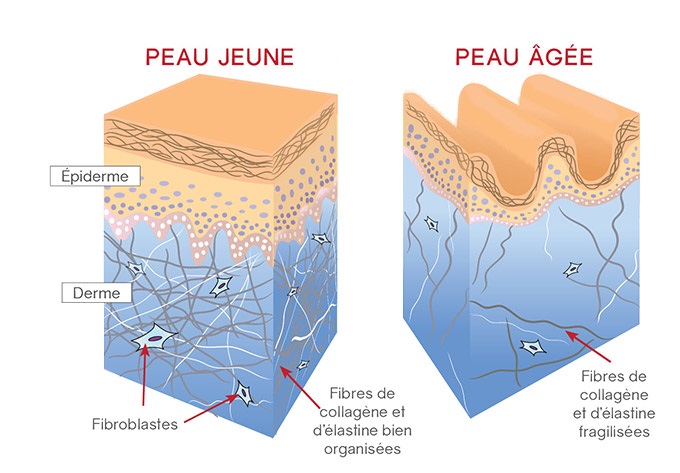
Histologic analyses attest that methylene blue improves healing, skin hydration and dermis thickness. Researchers also noticed a very interesting fact: the methylene blue allowed the expression of a gene called Nrf2, known for contributing to cellular protection through the induction of antioxidant enzymes synthesis. According to this study, methylene blue could be non-toxic, its use could be harmless on the long run, even at high level of concentration.
According to the World Health Organization (WHO): “Essential medicines are those that satisfy the priority health care needs of the population. Essential medicines are selected with due regard to disease prevalence and public health relevance, evidence of clinical efficacy and safety, and comparative costs and cost-effectiveness. Essential medicines are intended to be available within the context of functioning health systems at all times in adequate amounts, in the appropriate dosage forms, with assured quality, and at a price the individual and the community can afford.”
Notice: Two years prior, a study also showed the great qualities of the methylene blue in the fight against aging. It shows that methylene blue processing of “progeria” type tissues samples induces a direct decrease of ROS in cells and restores mitochondrial function. The nucleus and the heterochromatin recover their structural integrity, and the gene expression goes back to being non-pathological.
Sources :
[1] Xiong, Z. M., O’Donovan, M., Sun, L., Choi, J. Y., Ren, M., & Cao, K. (2017). Anti-Aging Potentials of Methylene Blue for Human Skin Longevity. Scientific Reports, 7. DOI: 10.1038/s41598-017-02419-3
[2] Xiong, Z. M., Choi, J. Y., Wang, K., Zhang, H., Tariq, Z., Wu, D., … & Cao, K. (2015). Methylene blue alleviates nuclear and mitochondrial abnormalities in progeria. Aging cell. DOI: 10.1111/acel.12434
Farah Bahou

Author
Auteure
Farah studied biochemistry, therapeutics and molecular and biopharmaceutical innovation at Aix-Marseille university and Paris 7 Diderot university.
More about the Long Long Life team
Farah a étudié la biochimie, la thérapeutique et les innovations moléculaires et biopharmaceutiques à l’université d’Aix-Marseille et à l’université Paris 7 Diderot.
En savoir plus sur l’équipe de Long Long Life


